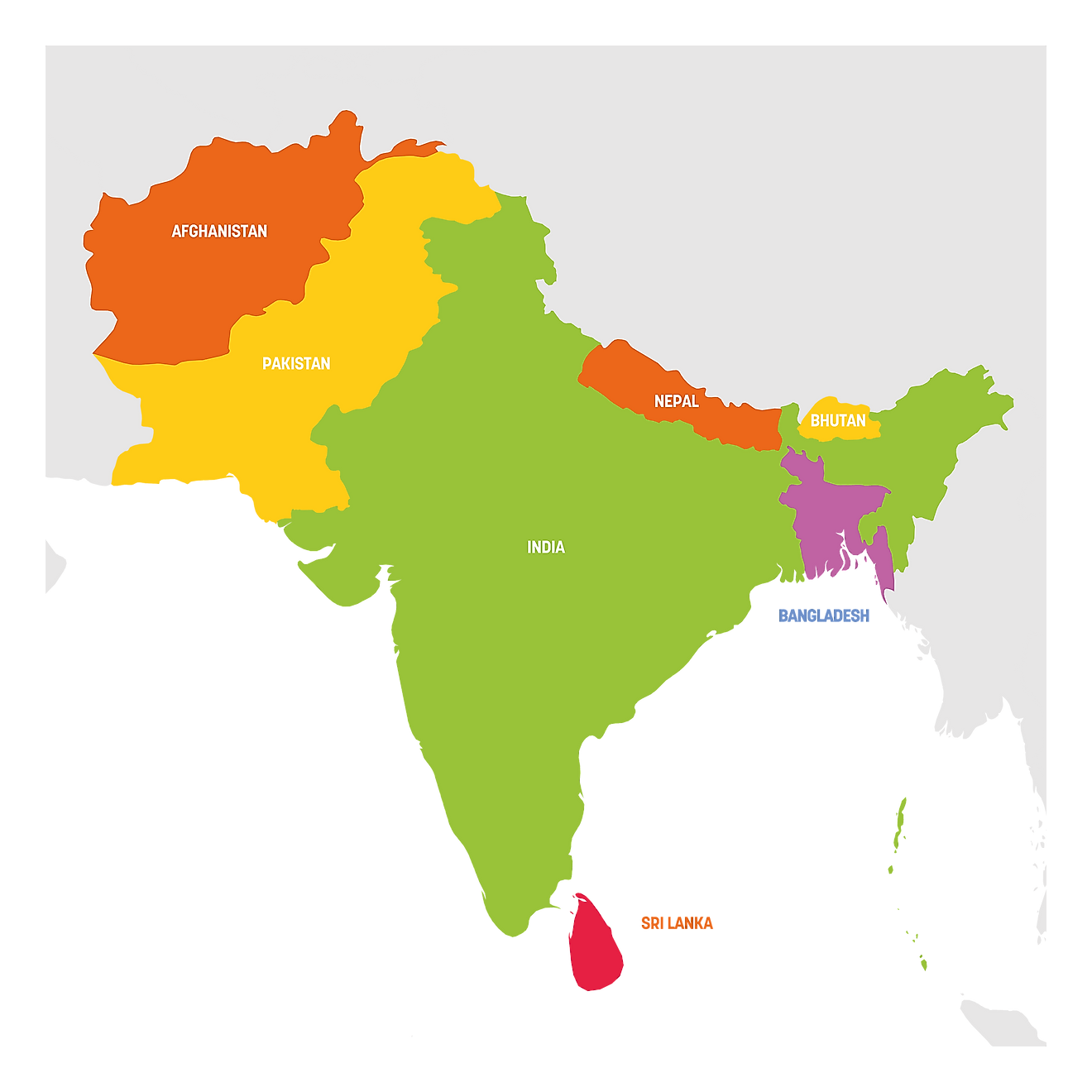What Is An Oxbow Lake?
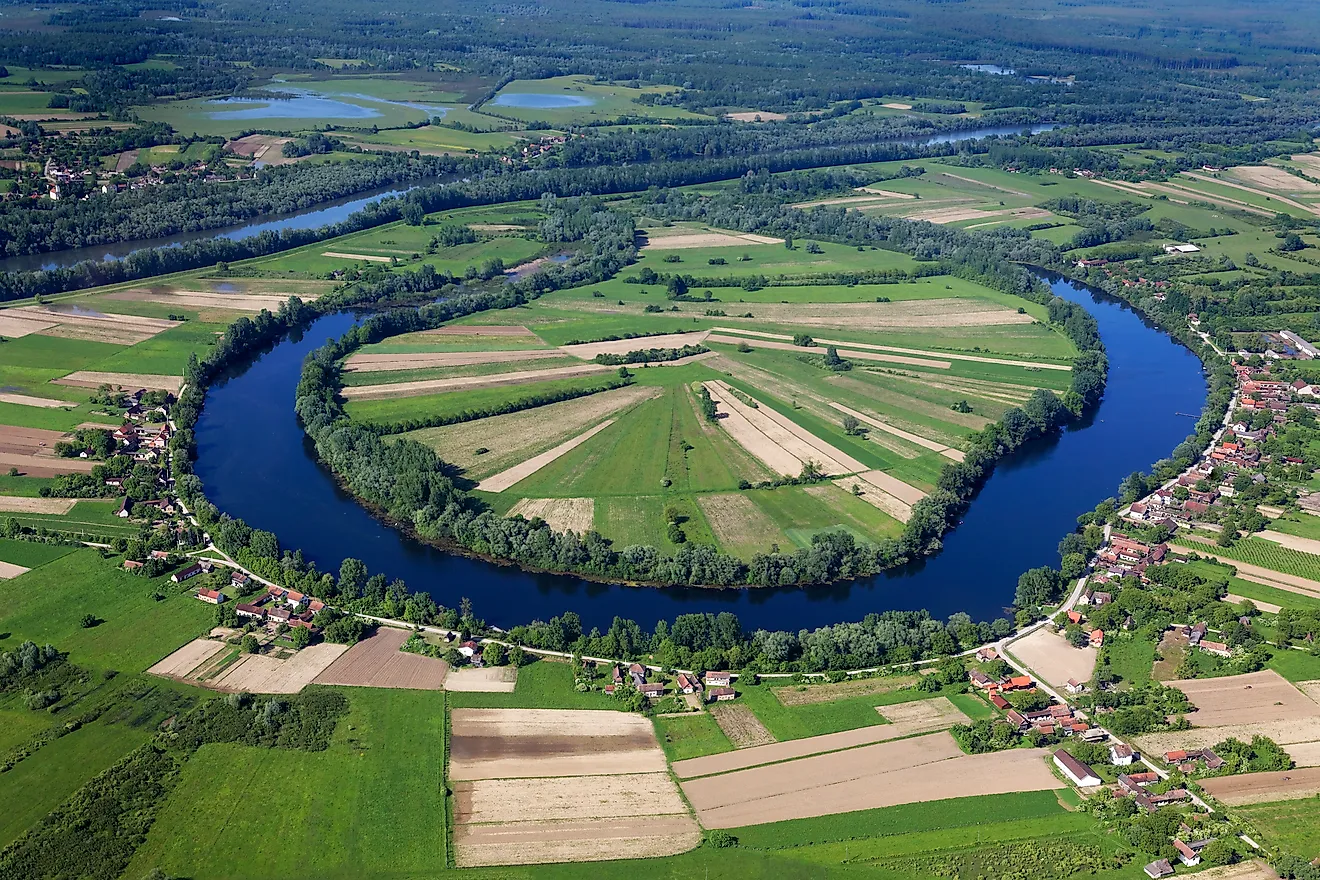
- Oxbow lakes are curved bodies of water that resemble an oxbow, or crescent shape
- These lakes were once part of meandering curved river, that became cut off from the main river stream
- Oxbow lakes are usually still and calm in nature, and do not have a natural source of water flowing in or out
Oxbow lakes are a curious geographic phenomenon that can be found in various countries around the world. They are called oxbow lakes, due to their curved shape, which resembles a bow, or horse-shoe shape. The lakes are formed by what were once bends or large curves in winding river systems, and as such, can be found in groupings in some areas.
Content:
- How Are Oxbow Lakes Formed?
- Where Can We Find Oxbow Lakes?
- What Characteristics Do These Lakes Have?
- Examples Of Oxbow Lakes
How Are Oxbow Lakes Formed?
These distinct U-shaped Oxbow lakes are actually formed from the remnants of rivers. Twisting and snaking rivers, which cut a winding path across a landscape, occur naturally. These are usually found in low lying land, where the ground is wide and flat. In these landscapes, rivers have formed, and wind their way across a plain or lowland. As the river flows, it carves into the ground, creating a bend in the river flow, and in turn, a curved river bank. Continued flow of water within these curves erodes the earth or sand in such a way, that the neck of the bend narrows, making it susceptible to being cut off.
When a river bank curves, it is then known to have an inner bank, and an outer bank, which correlates to the shape of the bend. On the inner bank, silt, soil and sediment builds up over time as the river washes sand and dirt along its path. Because of the bend, silt begins to pile up along this inner bank, as it gets stuck going around the curve.
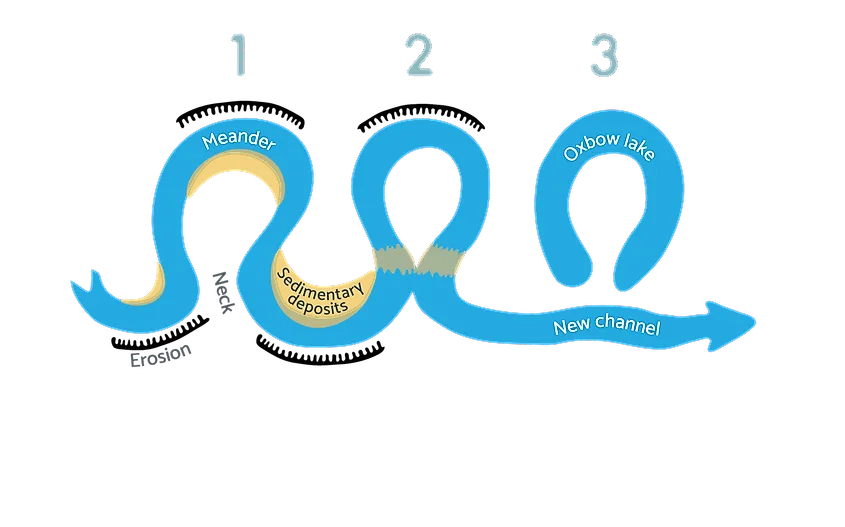
As the inner bank starts to fill up, the water in the river naturally begins to push out on the opposite bank. This means that the out bank begins to expand and widen, as the river cuts into the bank and erodes the edges of the curve. In this way, the river forms a projected loop-like formation, which begins to narrow at the neck as the outer banks expand. This expansion brings the two outer banks closer and closer, until the neck of the loop is extremely narrow.
At this point, an sudden increase in water flow along the river may overwash the banks. This usually happens in the form of flooding. When the excess water floods the river path, it bursts over the sharp curves, and instead of flowing along the bend, breaks a new straight pathway from one outer bank to the other. This effectively cuts the loop off from the rest of the river, leaving an independent body of water in a bent horseshoe-like shape.
It is these left-behind river bends that are known as Oxbow lakes.
Where Can We Find Oxbow Lakes?
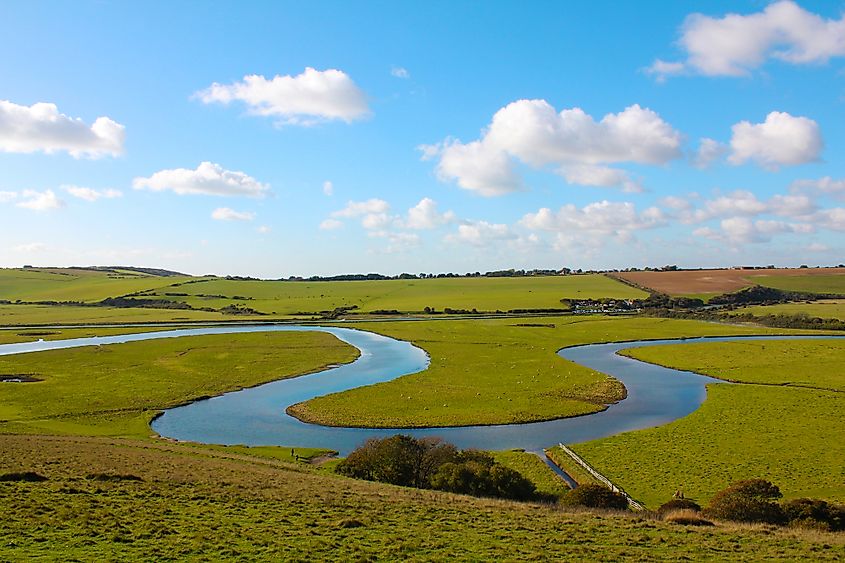
Oxbow lakes can be found all over the world, and have many different names. In Texas, a series of oxbow lakes which were once part of the Rio Grande are known as resacas. In Australia, where dry low plains and flash floods are common, there are a number of these lakes, which are known locally as a billabong.
What Characteristics Do These Lakes Have?
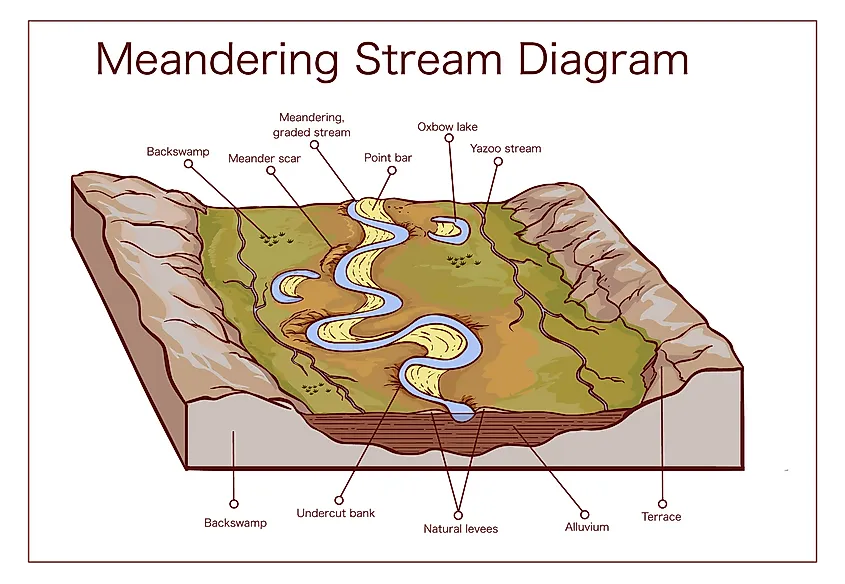
Oxbow lakes fall into a category of bodies of water known as still water lakes. This means that they do not have any natural water source which flows into or out of them. This is characteristic of this type of lake, as the original water source, ie. the river from which it was formed, is now cut off from it. Because there is no continual water source, the water in an oxbow lake is stagnant, and often creates a marsh-like or boggy environment. Alternatively, these lakes will begin to dry up over time, as the water evaporates but is not able to be replenished.
But, just because they have still water, does not mean they aren’t inhabited. Oxbow lakes provide a very specific type of habitat, which can contain a variety of wildlife. Phytoplankton and small crustaceans often thrive here, as do a number of fish species. These pools, which are cut off from their origin rivers, act as safe havens for fish and smaller animals where they can grow in a calm, stable environment, much as they would in a fish nursery. Additionally, there is often a lack of predators in these lakes, although in some cases the abundance of trapped food can lure hunters. This can be seen in the Amazon, with river otters frequently taking advantage of the oxbow lake environments.
Examples Of Oxbow Lakes
Lake Chicot
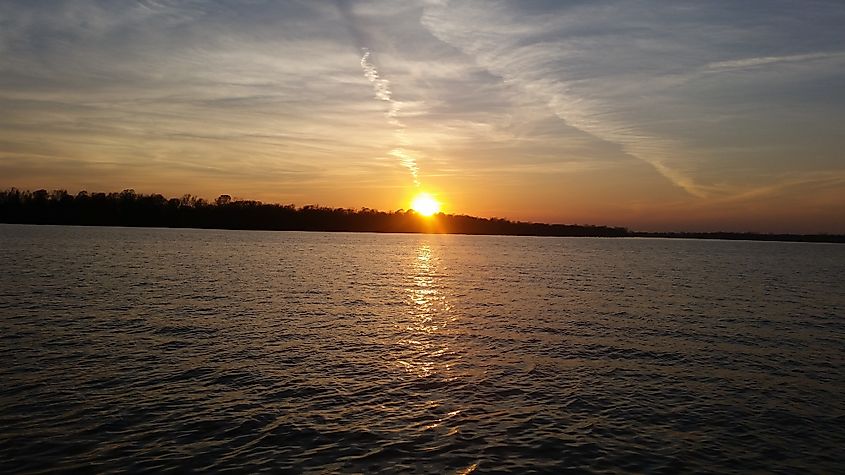
The largest oxbow lake in North America can be found in the state of Arkansas. This lake is called Lake Chicot, and it was once part of the Mississippi River over 600 years ago. Now an independent lake, it measures more than 21 miles long, and over ¾ of a mile wide.
Kaber Taal Lake
One of the most well known oxbow lakes is called Kaber Taal Lake in India. It is Lake many oxbow lakes, it has become a haven for wildlife. This lake, in particular, is now a protected bird sanctuary, and is home to over 106 different bird species, and some 60 migratory birds as well. Many of these species have become extinct, and it is in an effort to protect the dwindling bird populations that the lake has been deemed a sanctuary. This oxbox was previously part of the Gandak river, which is a tributary of the large Ganga river.
Cuckmere Haven
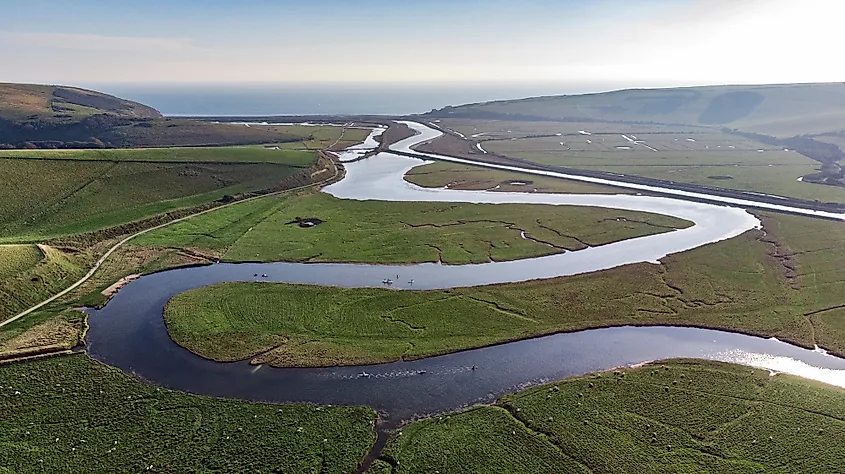
One of the most well known oxbow lakes in England is Cuckmere Haven, created by the Cuckmere river in Sussex. This twisted winding river cuts across the plains, and has created several oxbow lakes in the area. Cuckmere is home to a mixture of wildlife, some wild and some domesticated. Various rabbits, foxes, badgers, water fowl and snakes reside in the haven.
Carter Lake
Carter lake was formed in 1877 from a bend in the Missouri River, known as the Saratoga bend. Situated between Iowa and Nebraska, it is a popular beach destination and recreational area.
Reelfoot Lake
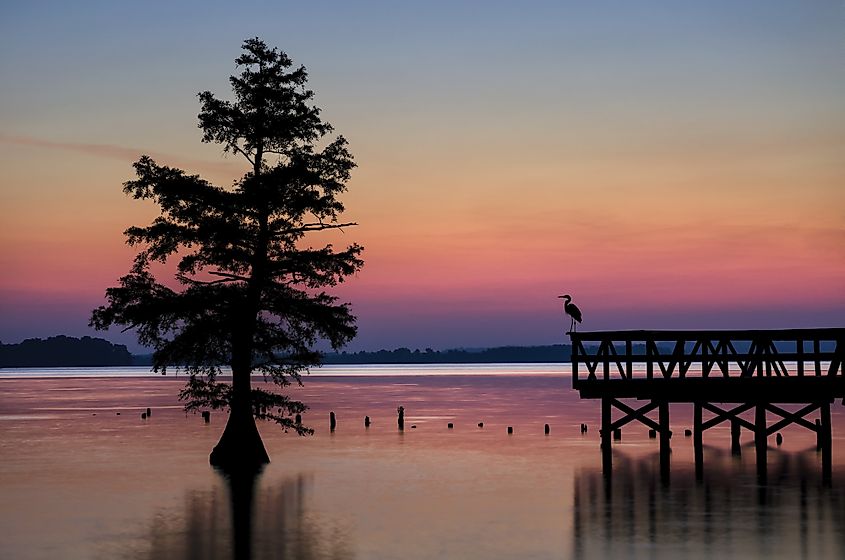
Reelfoot Lake In the State of Tennessee, there is another well known oxbow lake called Reelfoot Lake. While most lakes of this type are formed over time in conjunction with flooding, this lake was actually created when an earthquake fractured the earth in 1812. This shift in the earth rerouted the river’s water flow, effectively cutting off the jutting bend which is now known as Reelfoot. Given the climate and environment of Tennessee, and the lack of fresh water source, lake Reelfoot is a shallow, marsh-like ecosystem. This has lent itself to being an active habitat for various wild animals such as bald eagles.
Corroboree Billabong
Also in the Northern Territory, is the Mary River Wetlands. Like Kakadu National Park, beautiful scenery and meandering rivers and billabongs are common here. One of the most notable is Corroboree Billabong. This wetland oxbow lake is marshy and rich in life, holding the largest population of crocodiles in the world. There are also more than 280 different species of birds that call this billabong home.
White Lily Billabong
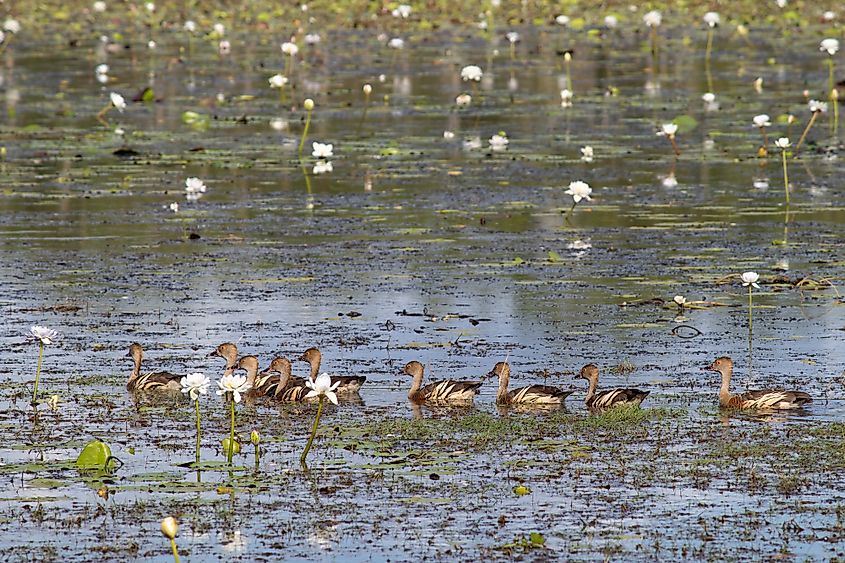
The White Lily billabong is a well used watering hole for many animals within Kakadu National Park. This protected park area is located in the Northern territory, right on the Northern coast of Australia, not far from Darwin city. As the name suggests, rich flora grow here including the White Lily, and a wide variety of bird species also frequent the area. Crocodiles and other water creatures and reptiles can be commonly found in and around the billabong.











